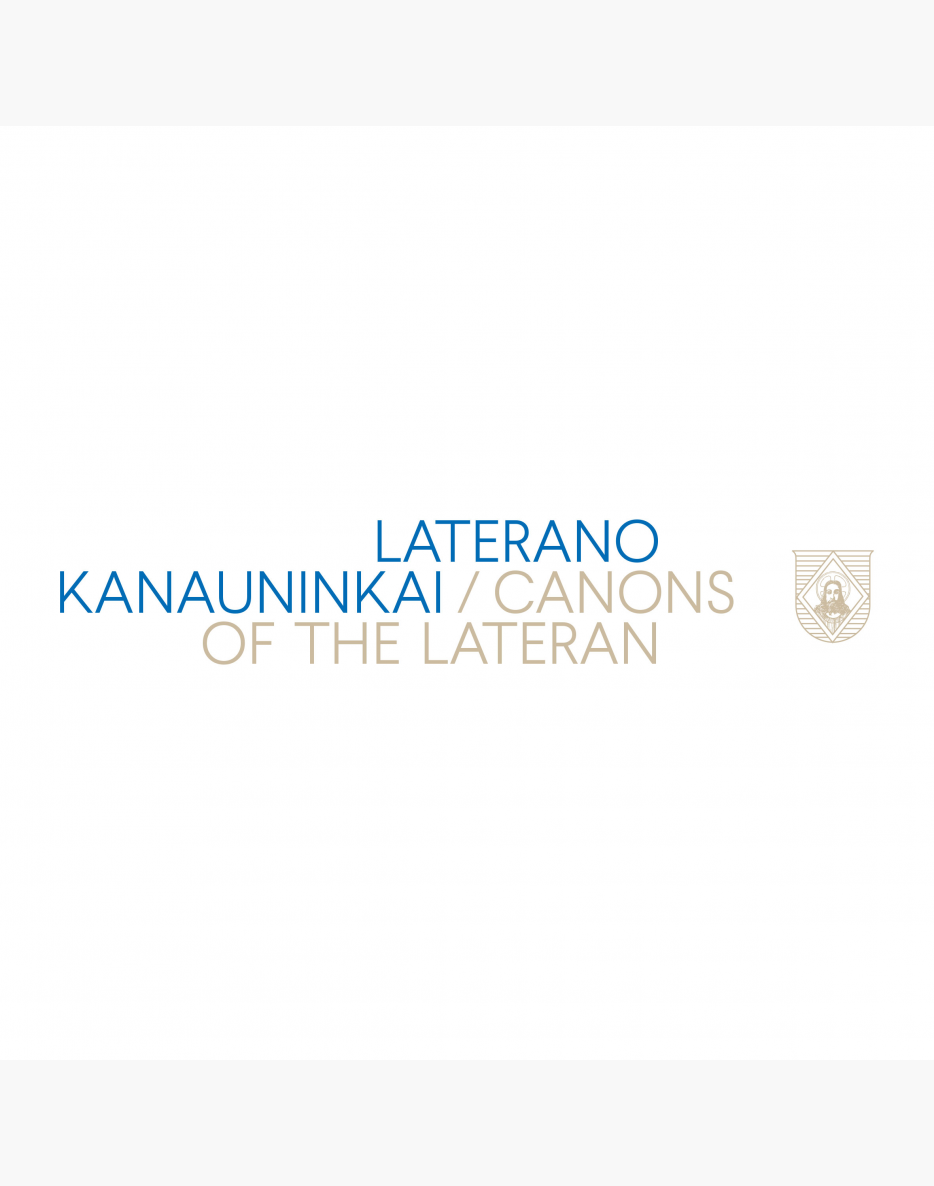1446
Congregatio Sanctissimi Salvatoris Cannonicorum Regularis Lateranensis / Canons Regular of the Congregation of the Most Holy Savior at the Lateran
In 11th to 12th century, canons of cathedral chapters united into communities that would own shared property and take monastic wows, and thus gave rise to a specific category of monks – the canons regular. One of such groups that used to service the Lateran Basilica was given the name Canons of the Lateran. Their goals include serving the divine cult, praying the Breviary prayers in unison, preaching sermons, parish apostle work, educating youths and missionary work.
The Bishop of Vilnius, Eustachy Wołłowicz settled the Canons Regular of the Lateran Basilica, who arrived in the city in 1625, in the suburb of Antakalnis. In 1638, the Canons were given the parochial church of St Peter’s in Antakalnis. At first, the financial situation was unstable, but after the Voivode of Mstislavl, Józef Korsak (1642), and Voivode of Vilnius and Grand Hetman of Lithuania, Michał Kazimierz Pac (1675), donated land for a monastery, life became a lot more stable. The latter benefactor built and impressively decorated the new brick church of Sts Peter and Paul, one of the masterpieces of Lithuanian Baroque architecture. During the 18th and the 19th centuries, the Antakalnis monastery accommodated up to twenty canons at different times and was the largest and most important community of the Canons Regular in Lithuania. The Canons dedicated themselves to the pastoral care of the people in this suburb of Vilnius. They delivered sermons in Lithuanian and Polish, taught at the parochial school, and took care of the almshouse. They led the Fraternities of the Five Wounds of Jesus and Our Lady of Grace. From 1653, the image of Our Lady of Grace was venerated in the church. This Vilnius community of Canons Regular was the last in the history of Lithuania to be suppressed by the Tsarist authorities in 1864. Three canons were accused of supporting the participants of the 1863 uprising and deported. One of them, Franciszek Zawadzki, later became a parish priest of the parochial Church of Sts Peter and Paul and unsuccessfully tried to revive the activity of the Canons of the Lateran. With the death of this priest in 1915, the almost 300-year-long history of this religious order in Lithuania came to a close.
